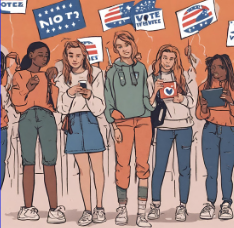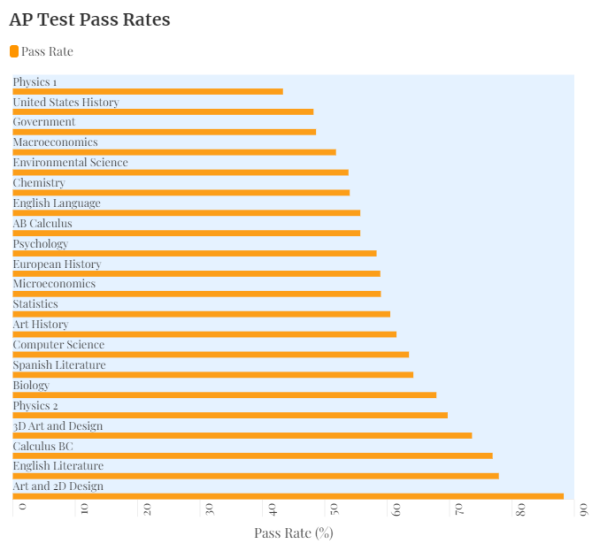Nation Wide Minimum Wage Increase Will Benefit Those In Need
March 7, 2014
Raising the Federal minimum wage continues to be a strong controversy among American Politicians. Currently starting at $7.25 an hour, some states are taking the initiative in raising the minimum wage to the suggested $10.10 an hour.
The problem with the current Federal minimum wage is that when adjusted for inflation, it is lower than the minimum wage in 1968, despite a huge increase in the cost of living. Most recently in his State of the Union address, President Obama gave his support to increasing the Federal minimum wage to $10.10 an hour. Currently, 21 states have already implemented raising the minimum wages above the current Federally mandated minimum wage; California being among them. In September, a bill was passed in California that would increase the minimum wage to $9 on July 1 of this year, and $10 on January 1, 2016, both above the current minimum wage, despite no new Federal law.
The ideal solution is that the minimum wage should vary from state to state, as does the cost of living.
Some even argue that it should be raised to $15 dollars an hour, however, this is too much of an increase for entry level, unskilled jobs. Regardless, it is hard to argue against the fact that an increase of some kind is definitely needed to help those in need.
In the past, many of the minimum wage earners were teenagers or young adults. Businesses were able to pay lower wages to this population because the jobs were unskilled and the recipients were still dependent on parents/guardians; for example high school students with first time jobs. When the economy collapsed around 2008, many adults found themselves without work, and took lower wage jobs to make ends meet. The U.S Bureau of Labor Statistics says 3.8 million Americans were working at minimum wage level in 2011, many of those were adults with bills, mortgages and dependents.
The new influx of independent Americans working for minimum wage has made it important it raise the minimum to a more adequate figure. For example, a full-time employee working 40 hours a week at minimum wage makes around $15,000 dollars a year. This is under the Federal poverty level. The proposed $10.10 minimum wage would earn a full time employee $21,000 per year.
Opponents of the hike in minimum wage say that the raise will kill jobs, as small businesses will have to pay more. However, Washington state tied the minimum wage to the standard of living, which is now $9.32 an hour. This created a job growth rate of .8%, which is .3% above the national rate.
Raising the minimum wage will also cut entitlement federal spending. Supplemental Nutrition Assistance program estimates that raising the minimum wage will decrease government spending on food stamps by $4.3 billion dollars, it will also help to bring 900,000 Americans out of poverty.
By managing the Federal minimum wage on a state by state basis, it will help those who are living paycheck to paycheck. Congress should give its support to helping those in need in hope that the states will give the workers wages that will give them a better and more comfortable life.












